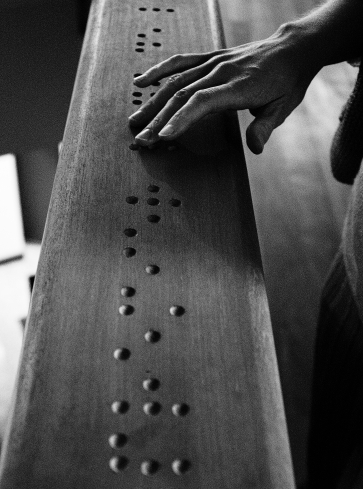
How Braille came into being
Louis Braille was born on this day and developed his most famous work of graphic design when just 12-years-old
Most great works of graphic design have their limits. After all, you have to at least be able to see to appreciate Paul Rand’s logos or Saul Bass’s posters. However, there is an inclusion in Graphic 500 Designs that Matter that reaches beyond this barrier to entry: Braille.
Louis Braille was born 210 years ago today, on 4 January in 1809; a date marked annually as World Braille Day. However, as Graphic notes, Louis Braille didn’t create his alphabet entirely in the dark.
“First introduced to the world by Charles Barbier, a captain in Napoleon's army striving to develop a method of communicating silently in the dark. Barbier's system, based on a 12 dot cell, was deemed too complex and was rejected by the military.
When he presented it to the Paris National Institute for the Blind, one audience member, 12-year-old Louis Braille, recognised its potential and simplified the system, reducing the size of each individual cell (so a finger could cover a whole symbol all at once) in order to quicken the reading process. He also introduced blends of words.

Separate Braille codes are now available for other systems of notation, such as mathematics, music and computer programming, but the original system has yet to be replaced by new technologies.
Not bad work, Louis. For more on Braille and other groundbreaking graphic works buy Graphic 500 Designs that Matter.